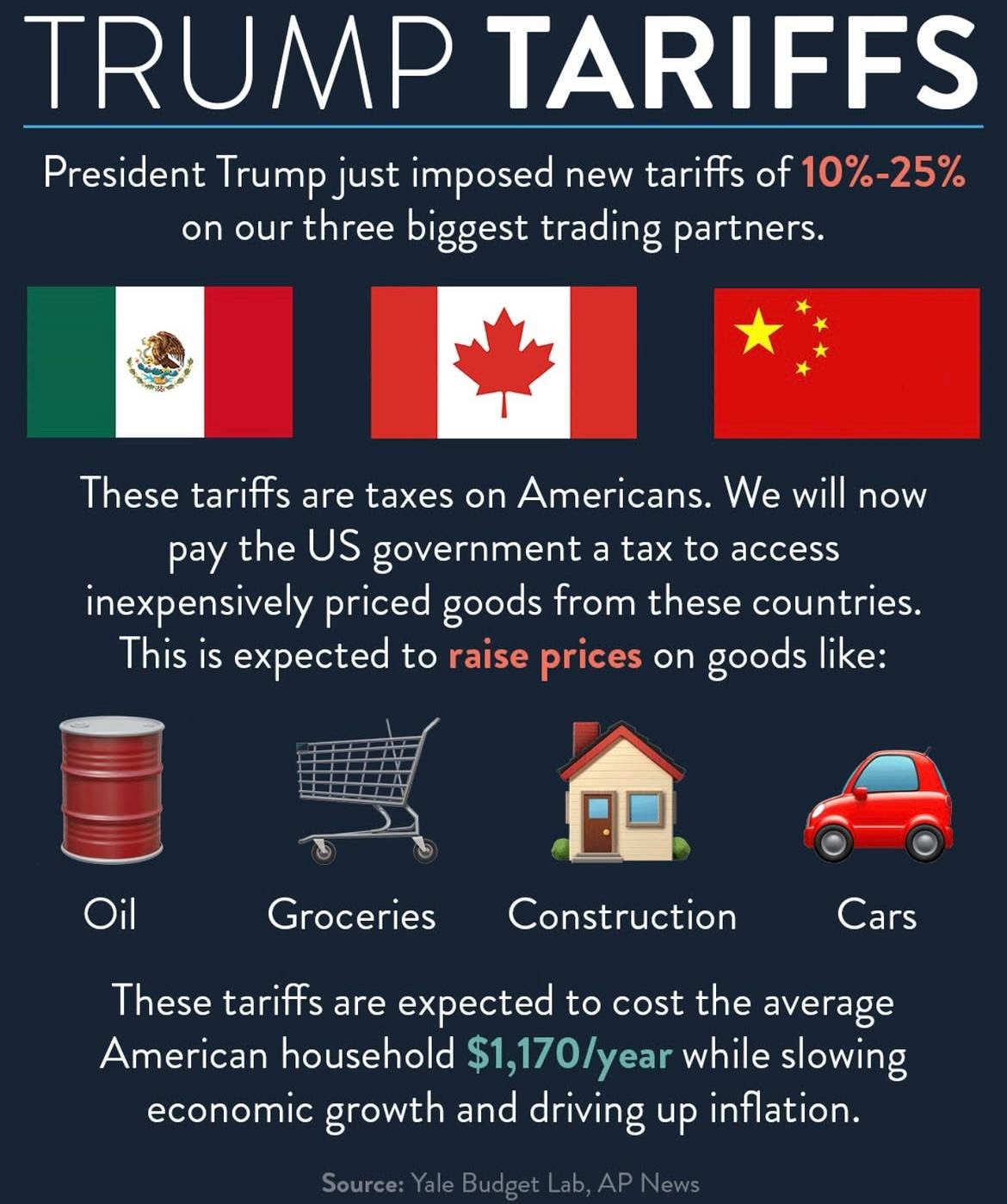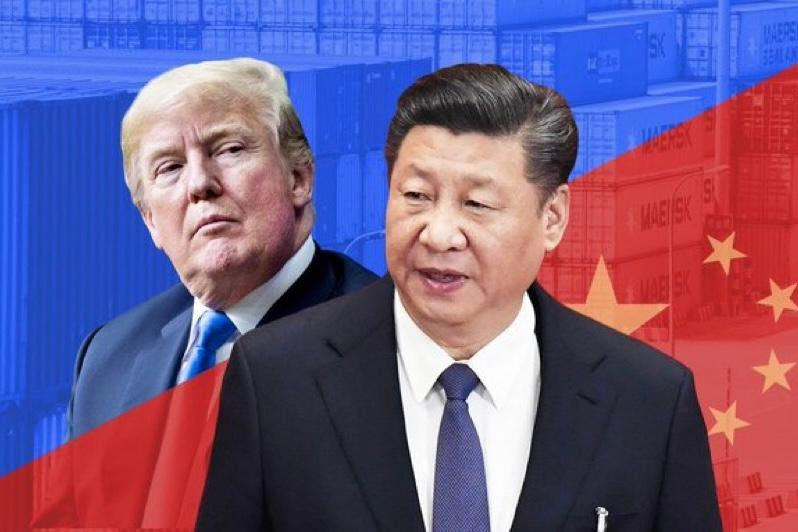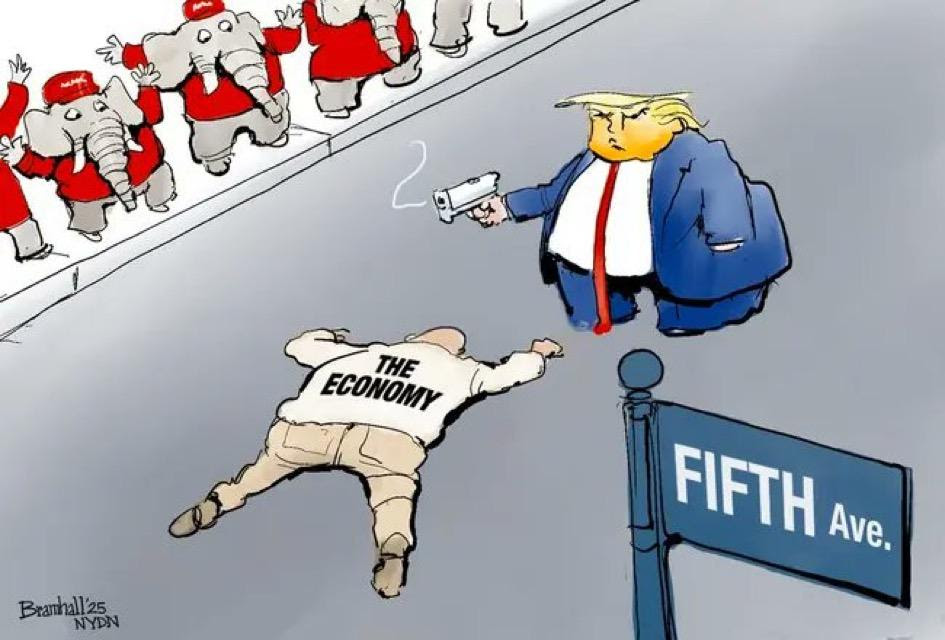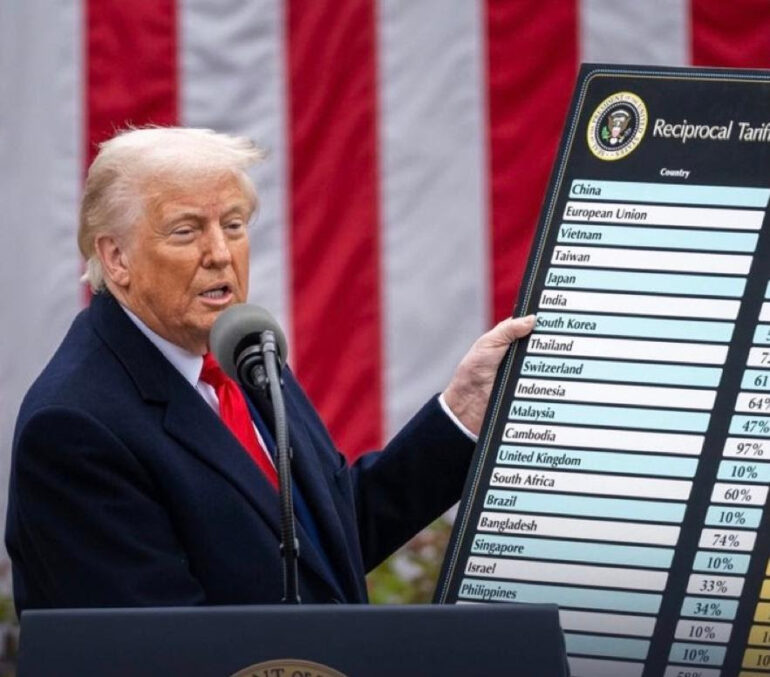When President Donald Trump launched a wave of tariffs during his administration—most notably targeting China but also touching allies like the European Union, Canada, and Mexico—he reignited a global debate on the use of protectionist trade policies in a modern, interdependent economy. While the intent behind these tariffs was to protect American industries and rebalance what Trump perceived as unfair trade relationships, the ripple effects of this approach were far-reaching and complex. The implications went well beyond U.S. borders, influencing global markets, trade alliances, and even the political discourse surrounding globalization.
Tariffs as a Political Statement…

At their core, Trump’s tariffs are a political tool—a signal of his “America First” doctrine. Framing the global economy as a zero-sum game, Trump positioned the United States as a victim of international trade deals that he claimed had hollowed out American manufacturing and outsourced jobs. The tariffs were meant to coerce trading partners, especially China, into conceding more favorable terms to the U.S. and to reignite domestic production by making foreign goods more expensive.
This strategy resonated with large portions of the American electorate, especially in Rust Belt states where the decline of manufacturing had left deep economic and emotional scars. In this sense, the tariffs served a dual purpose: financial instruments and political signals designed to show authoritarian leadership and challenge the status quo of global trade liberalization.
Economic Impacts at Home…

Economically, however, the results were mixed at best. While some U.S. industries, such as steel and aluminum, experienced temporary benefits from reduced foreign competition, other sectors faced higher costs for raw materials. Farmers were among the hardest hit, especially after China retaliated with tariffs on American agricultural exports like soybeans. The U.S. government responded with billions in subsidies to offset the damage—a tacit admission that the trade war was causing collateral damage to its own citizens.
Furthermore, American consumers faced the impact of higher prices for goods ranging from washing machines to electronics. Small businesses, which were less able to absorb or pass on these costs, experienced increasing pressure. Supply chains, meticulously designed for global efficiency, were disrupted, resulting in uncertainty and delayed investment.
Global Repercussions…

Internationally, tariffs disrupted long-standing trade relationships and provoked retaliatory measures. China, the EU, and others responded with their own tariffs, igniting tit-for-tat trade wars. The World Trade Organization (WTO), already under strain, was further sidelined as Trump circumvented multilateral mechanisms in favor of unilateral action.
Perhaps more significantly, the tariffs accelerated a global reevaluation of supply chain dependence and economic nationalism. Countries began reassessing their reliance on individual trading partners, particularly China and the U.S., prompting a push for diversification and regionalization of trade. This realignment continues to influence the post-pandemic world economy.
Long-Term Implications

While Trump’s tariffs were presented as temporary leverage for better trade agreements, they have left a lasting impact. The Biden administration, although more diplomatic, has maintained many of the tariffs, indicating a bipartisan consensus on the necessity of being more assertive—especially regarding China.
The broader impact of Trump’s trade policies is the normalization of protectionism in global economic discourse. For decades, the prevailing wisdom held that free trade was a net positive. Trump’s tariffs challenged that orthodoxy and brought protectionist tools back into mainstream policy discussions—not just in the U.S., but globally.
Conclusion: A Mixed Legacy

President Trump’s tariffs were not just an economic strategy; they were also a political gambit with ideological implications. While they may have led to short-term benefits for certain American sectors and fulfilled a domestic political agenda, their wider ramifications—economic uncertainty, disrupted global trade, and escalating tensions—highlight the complexity of employing tariffs in a highly interconnected world.
In a global economy where cooperation and competition are increasingly intertwined, Trump’s tariff legacy serves as both a cautionary tale and a catalyst. It demonstrated that nations could—and would—weaponize trade. The challenge ahead will be finding a balance between national interests and global stability in an era that appears less committed to free trade than at any time in recent history.







